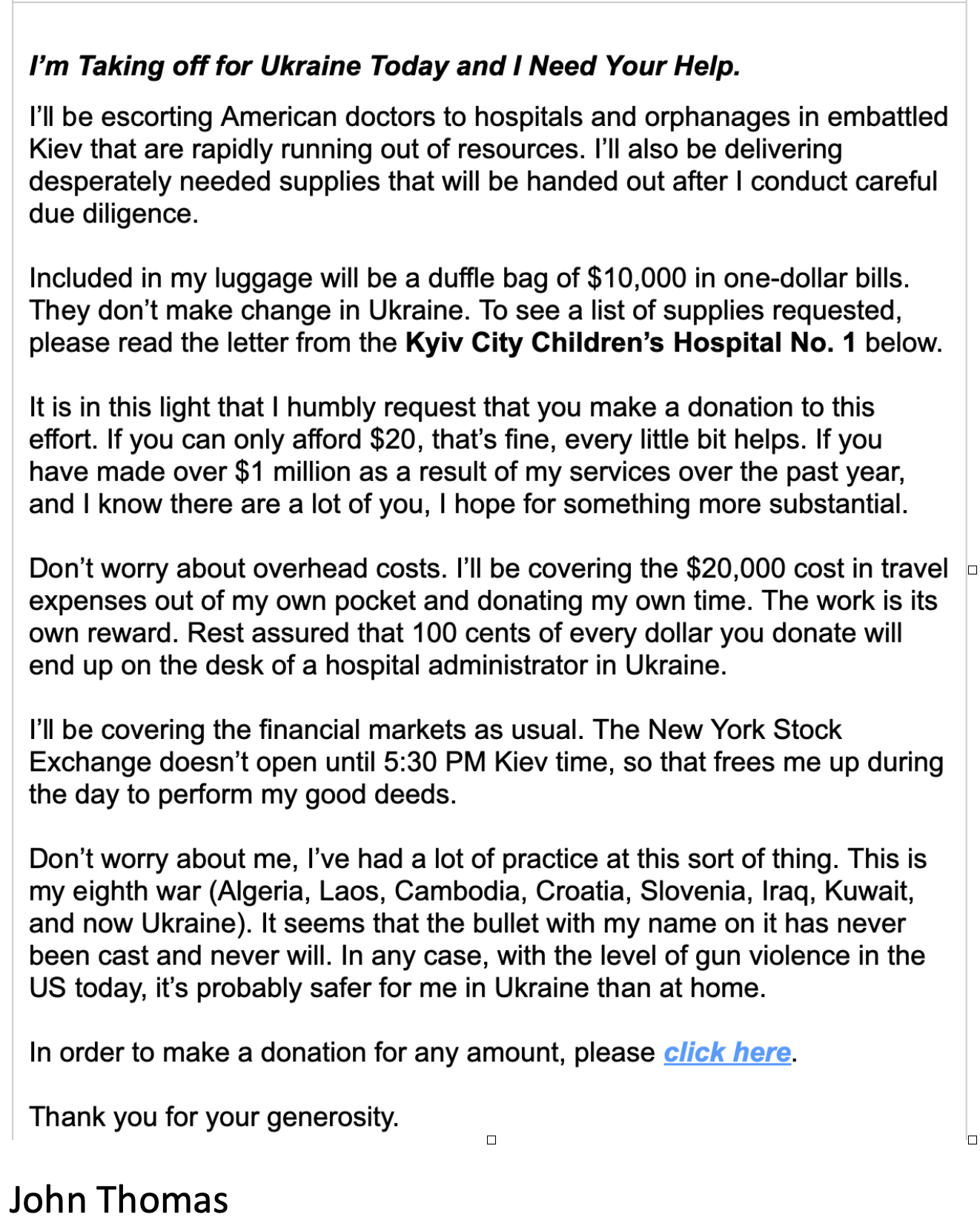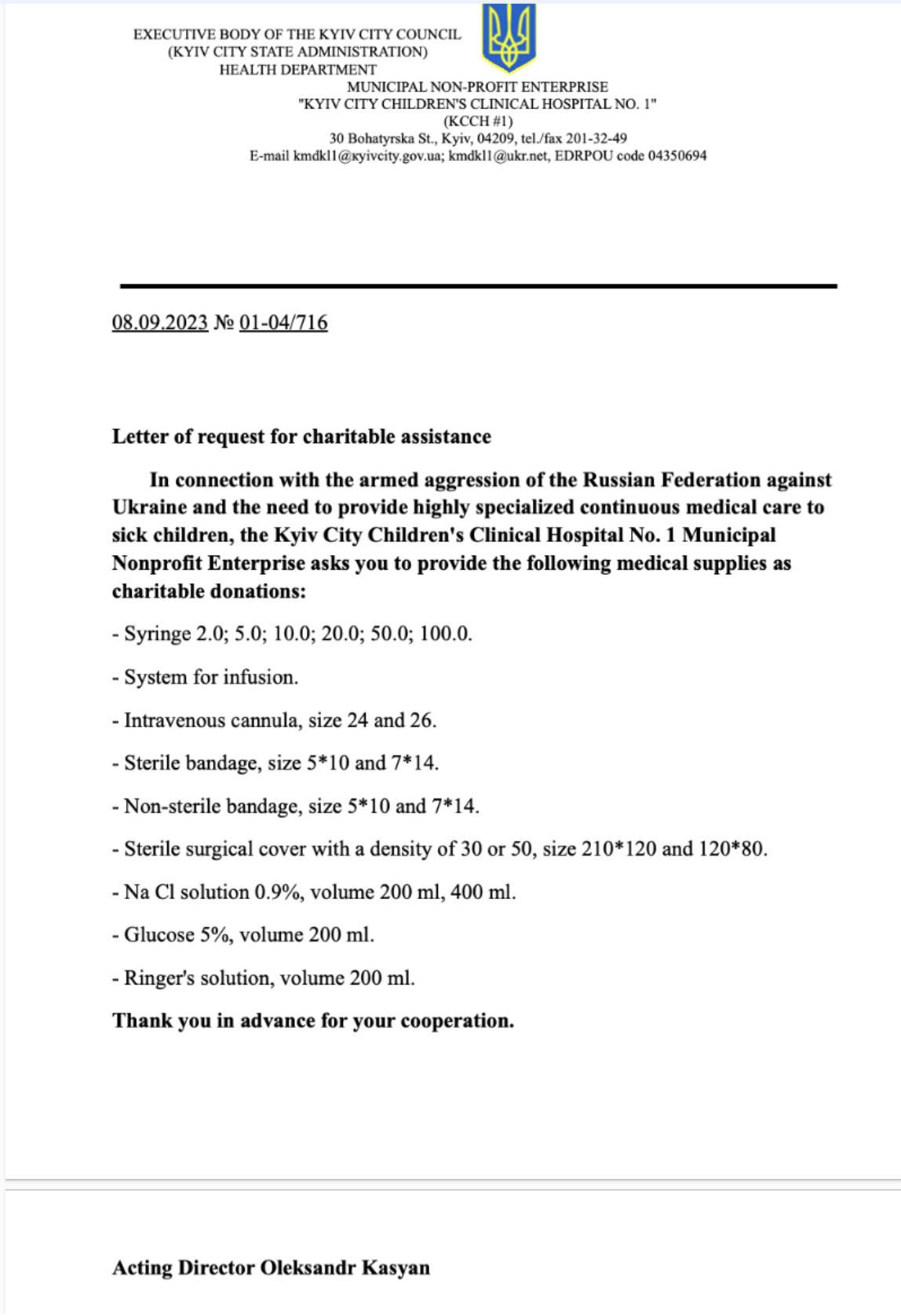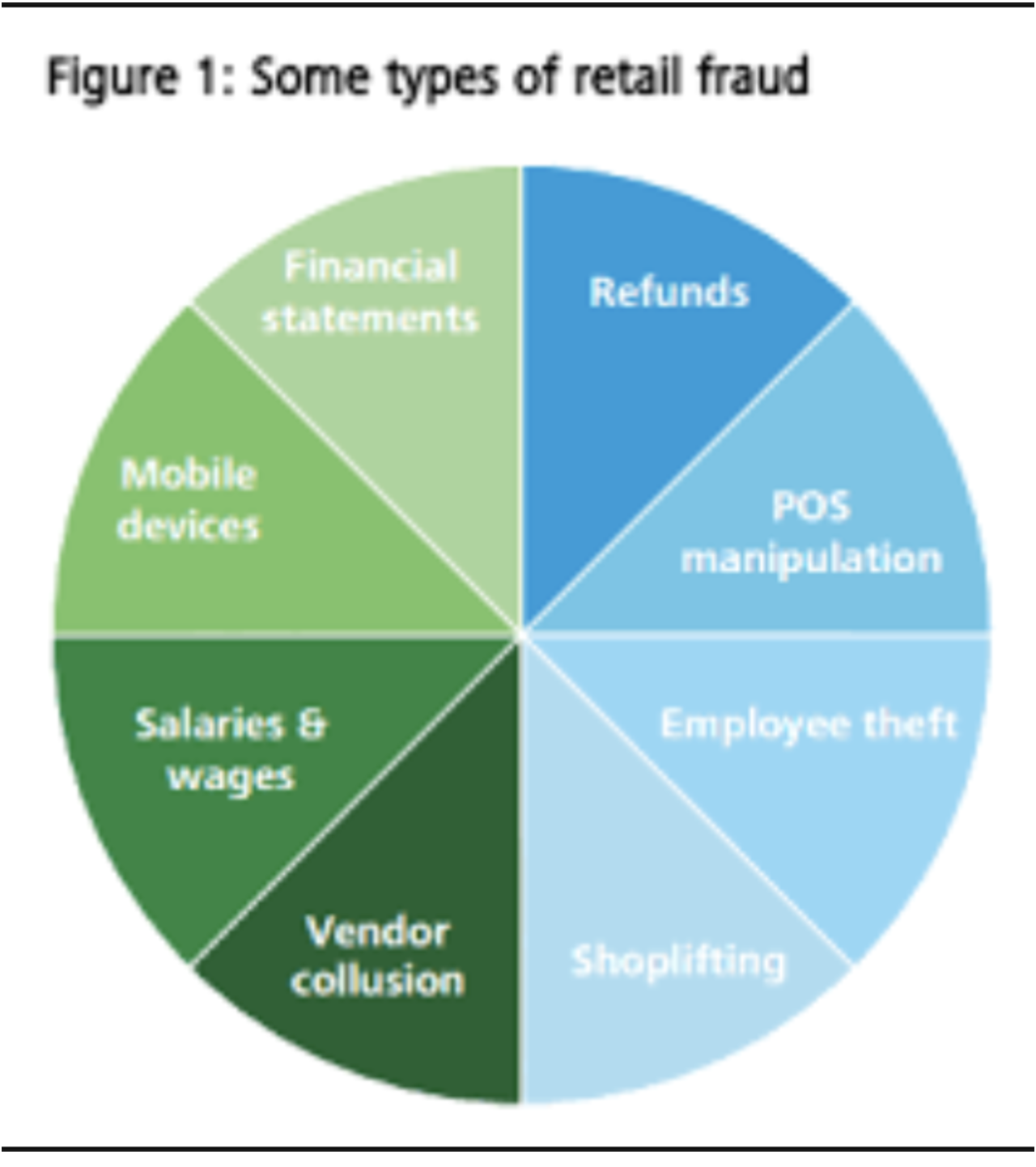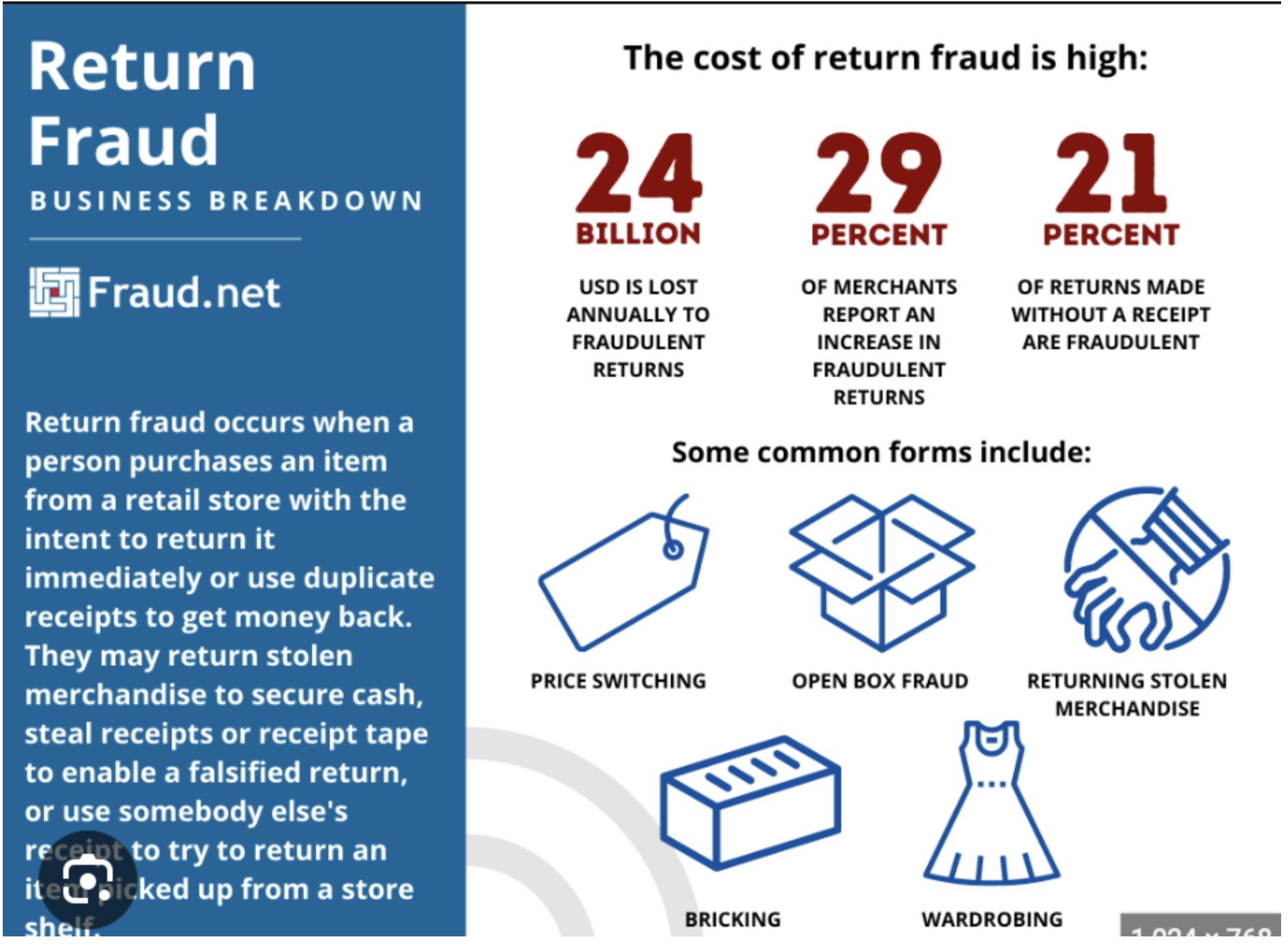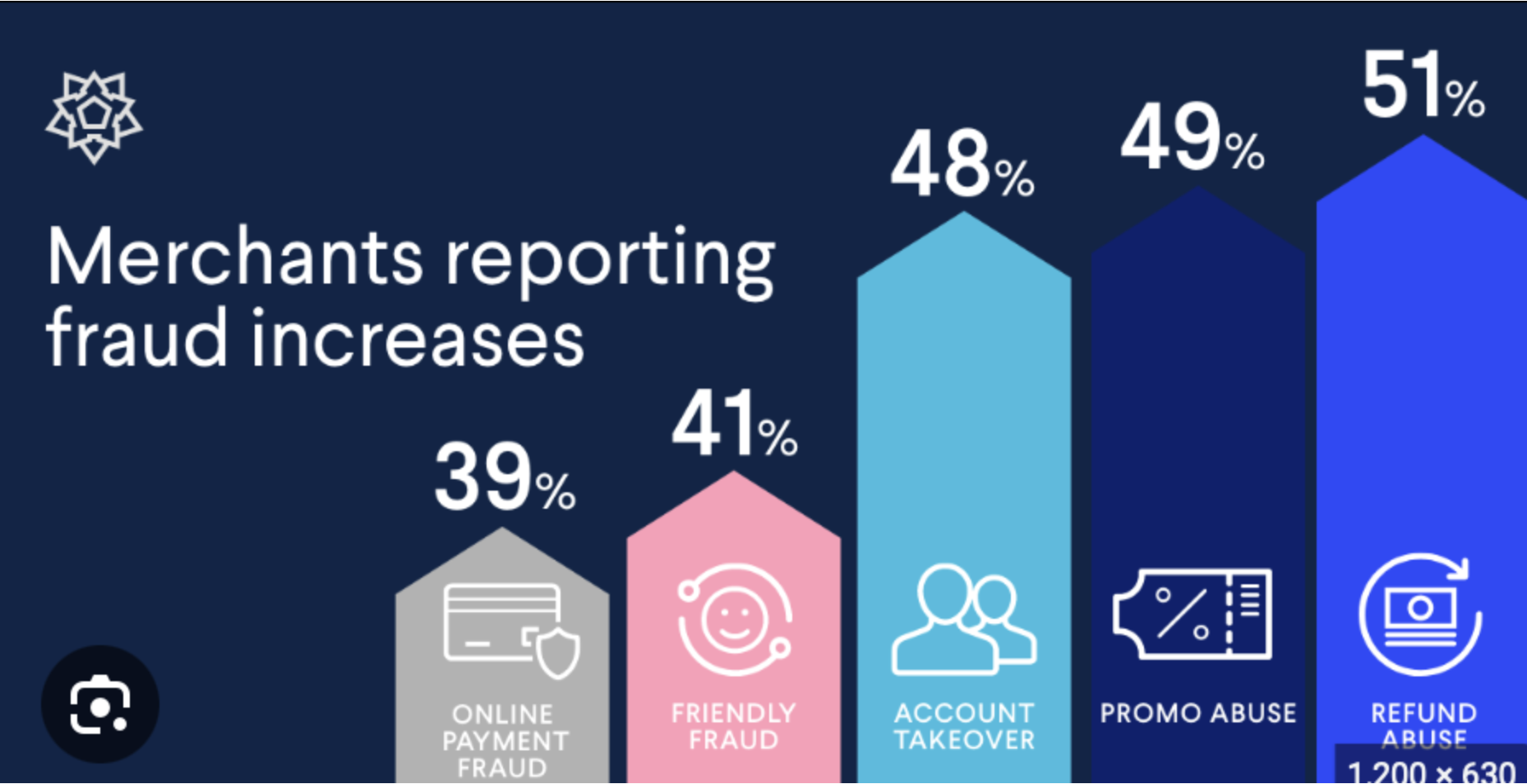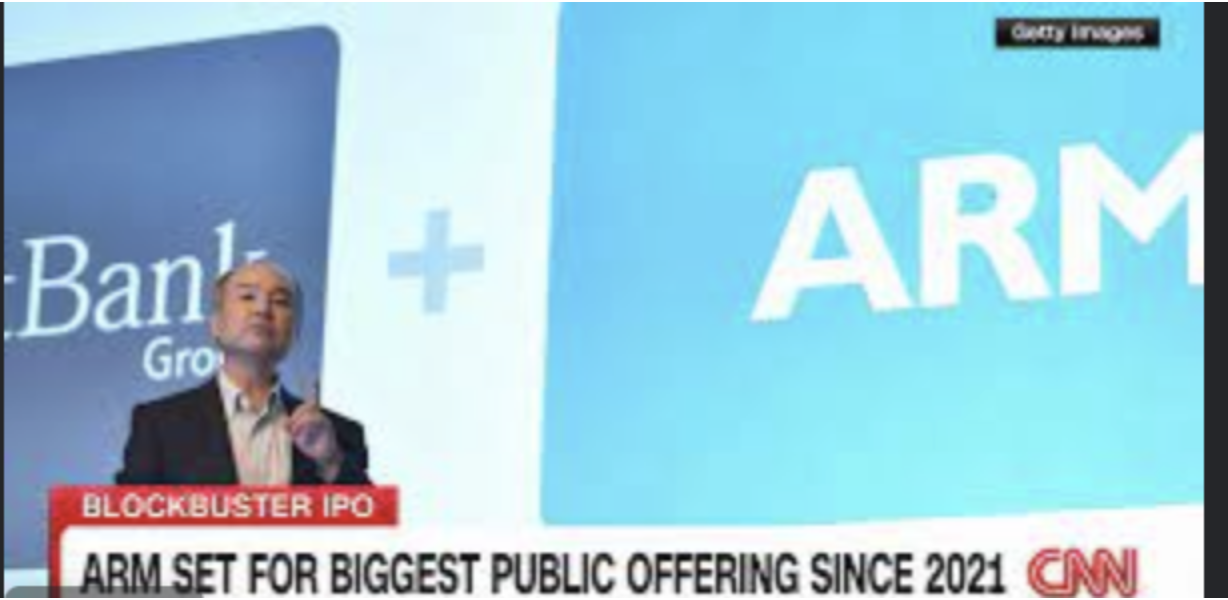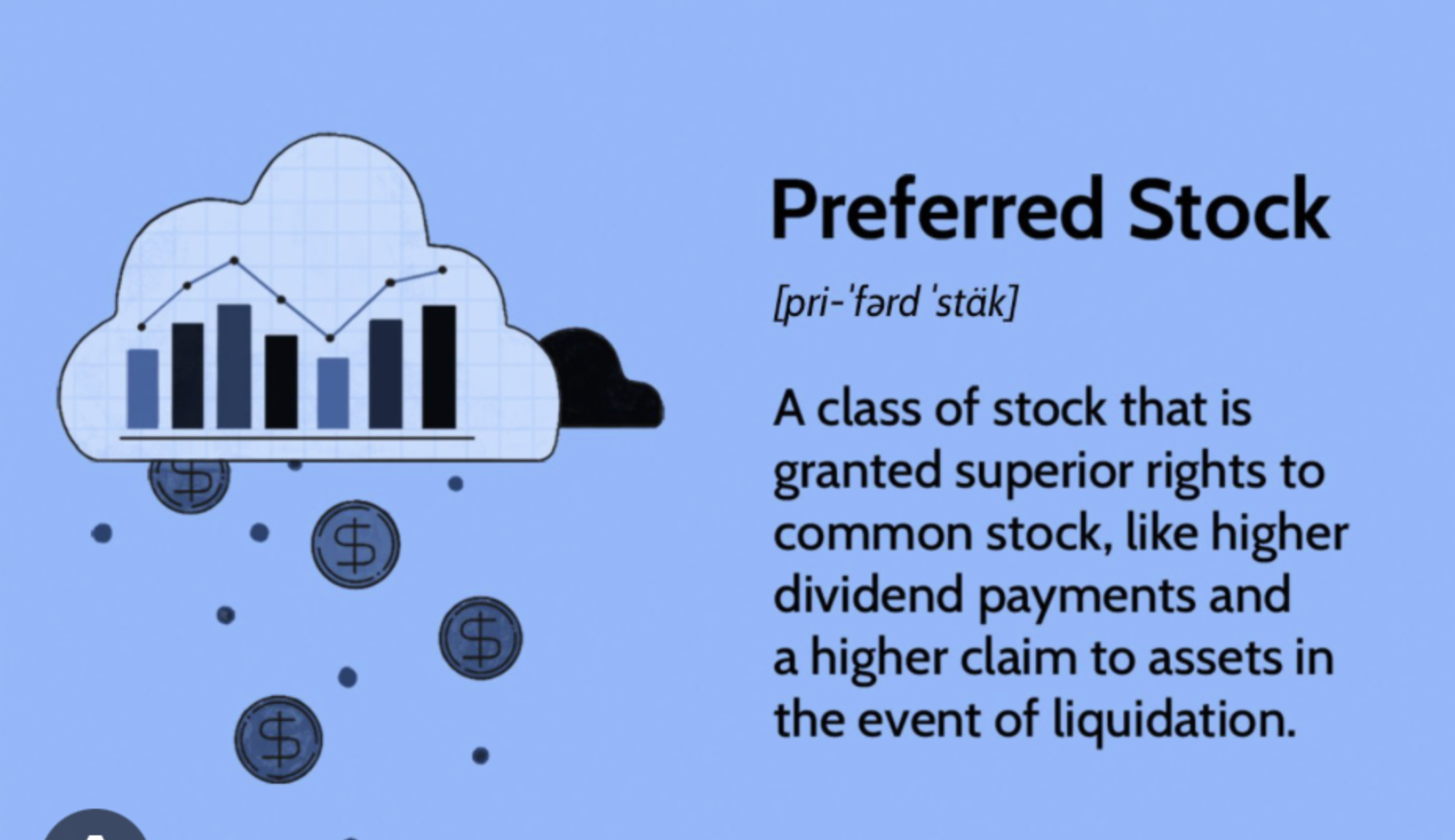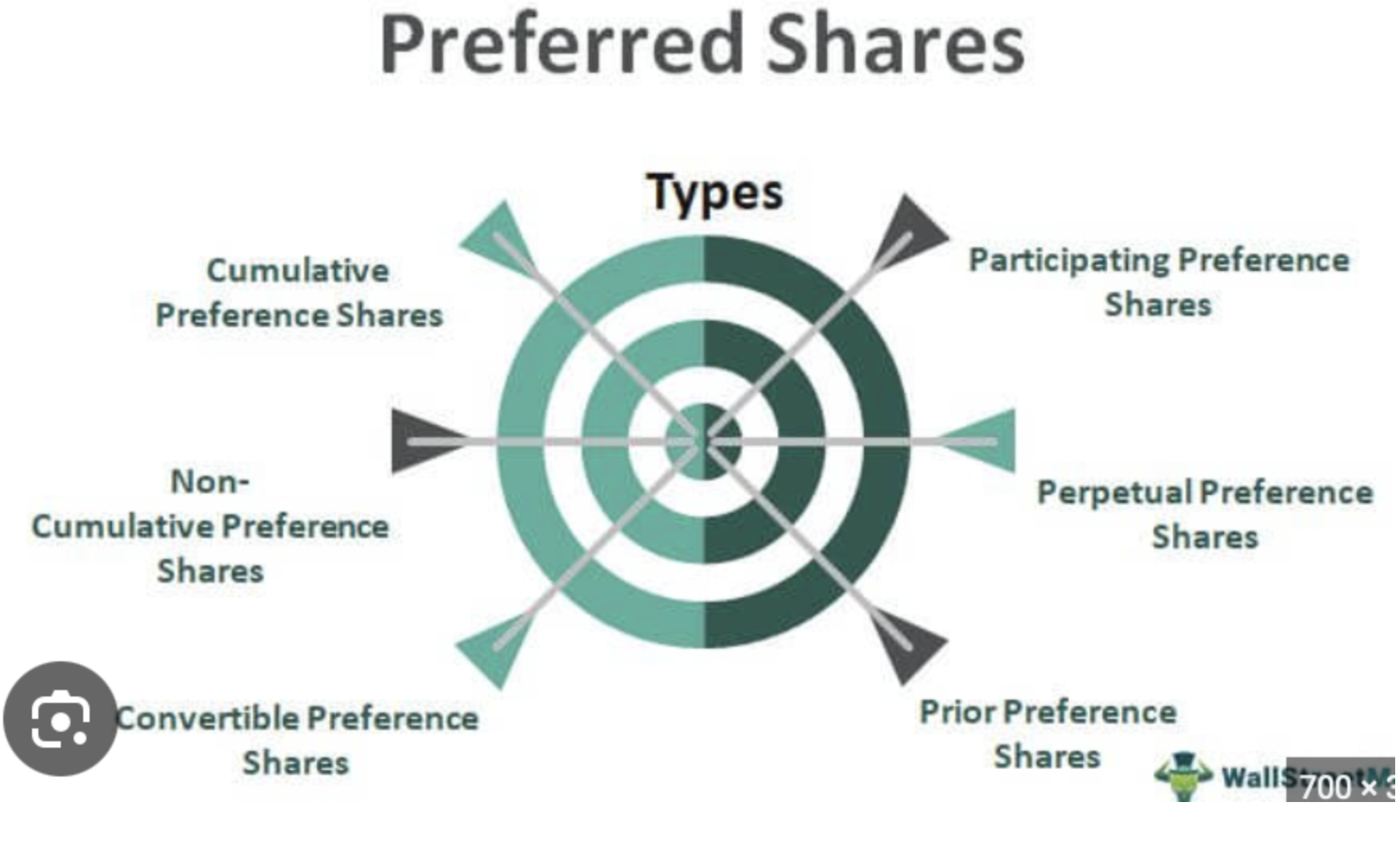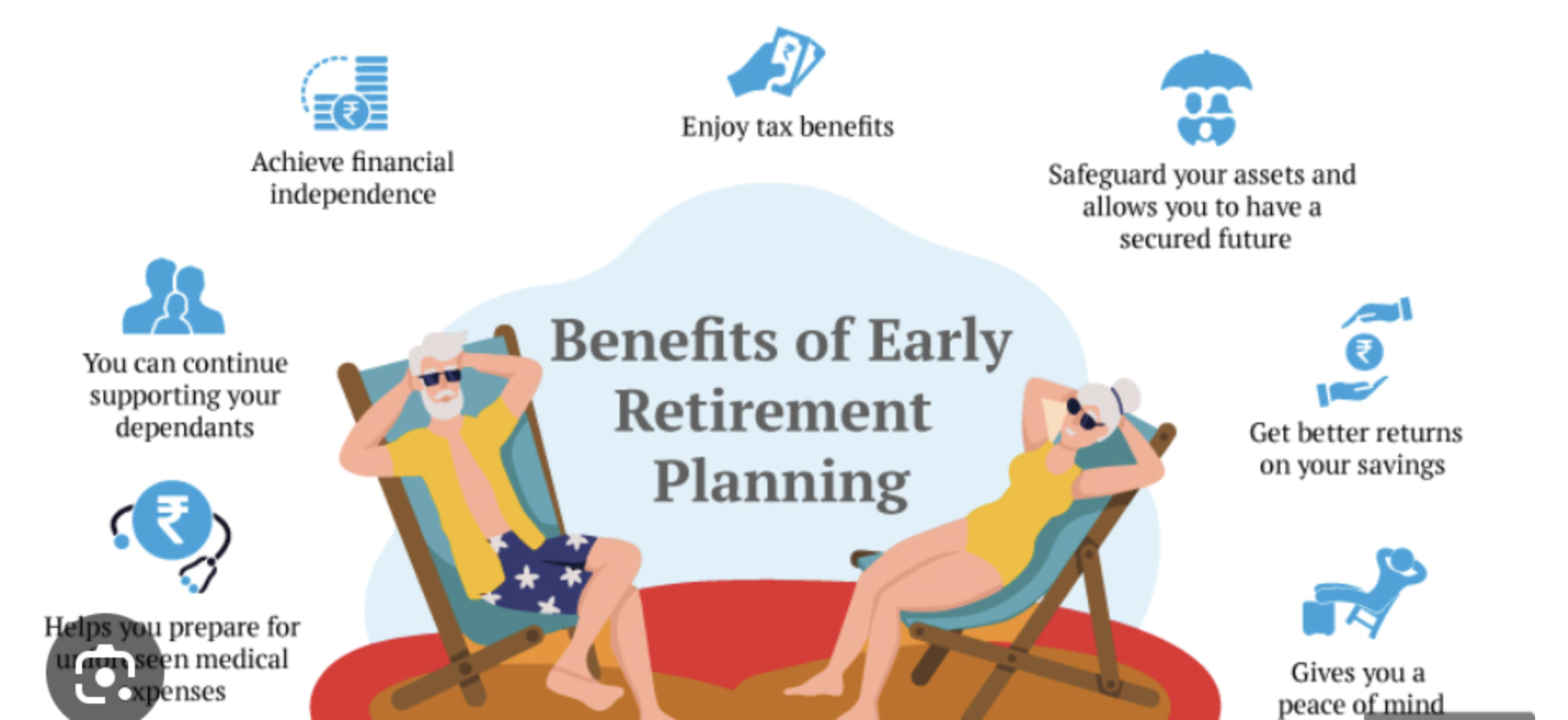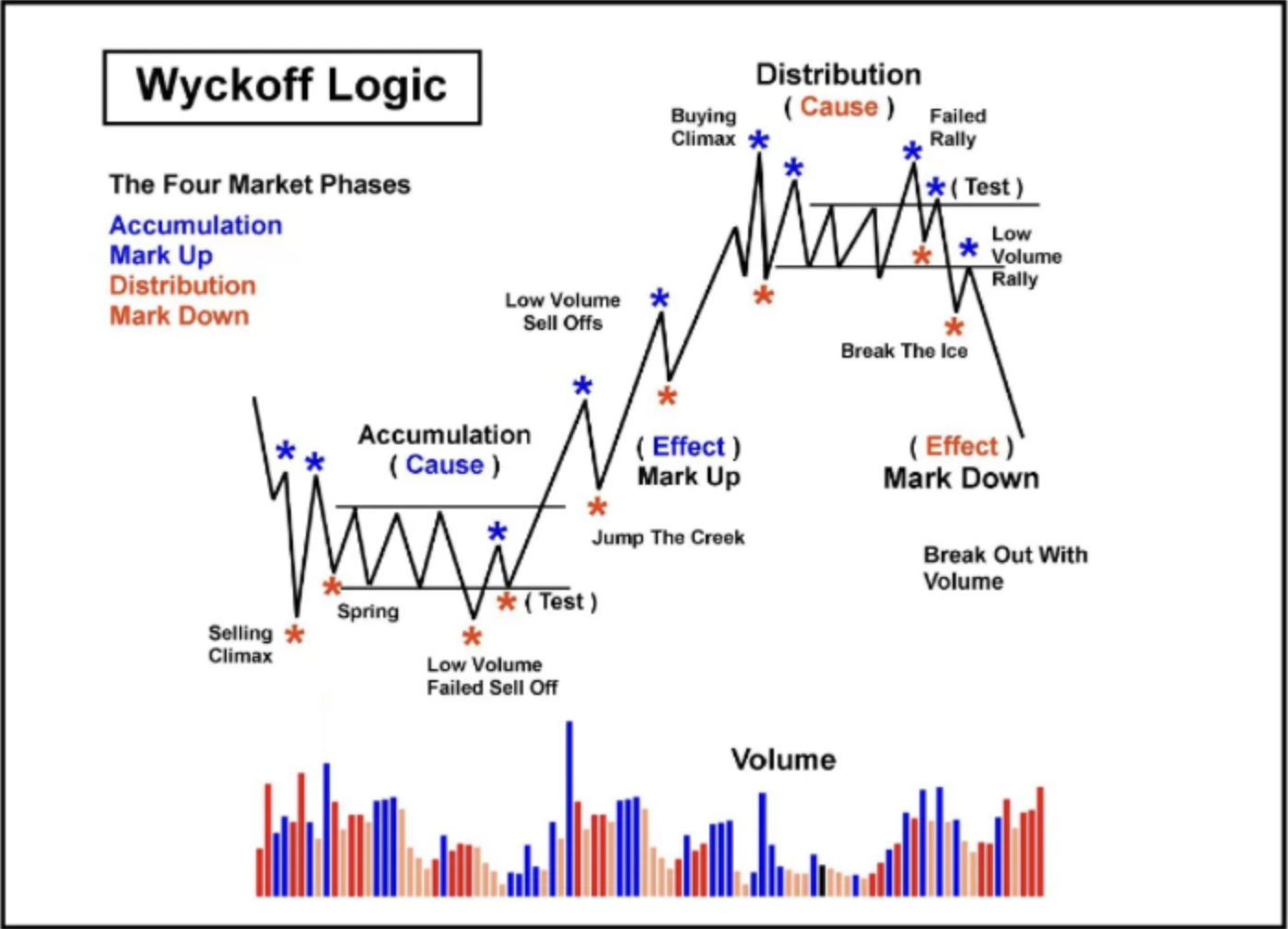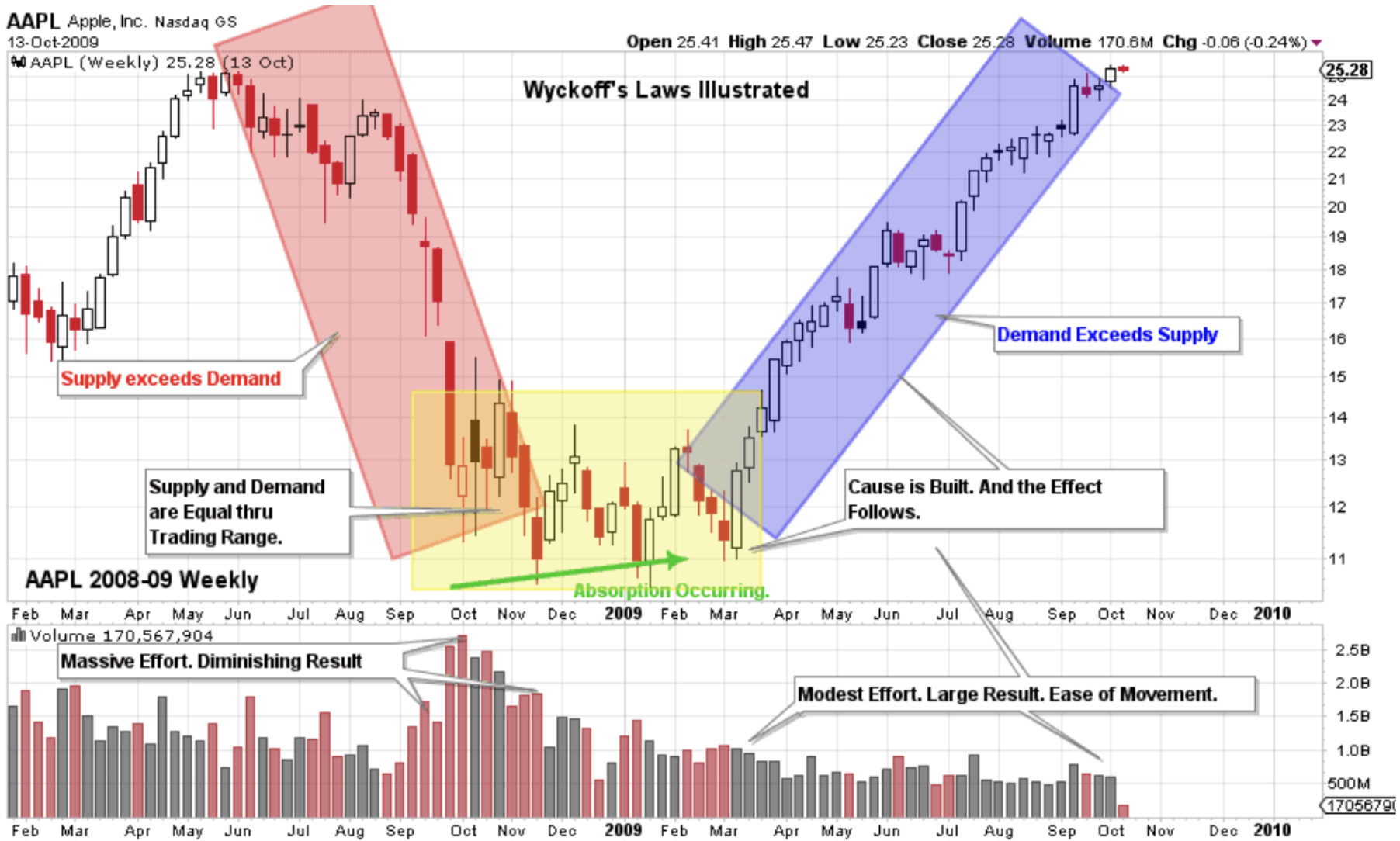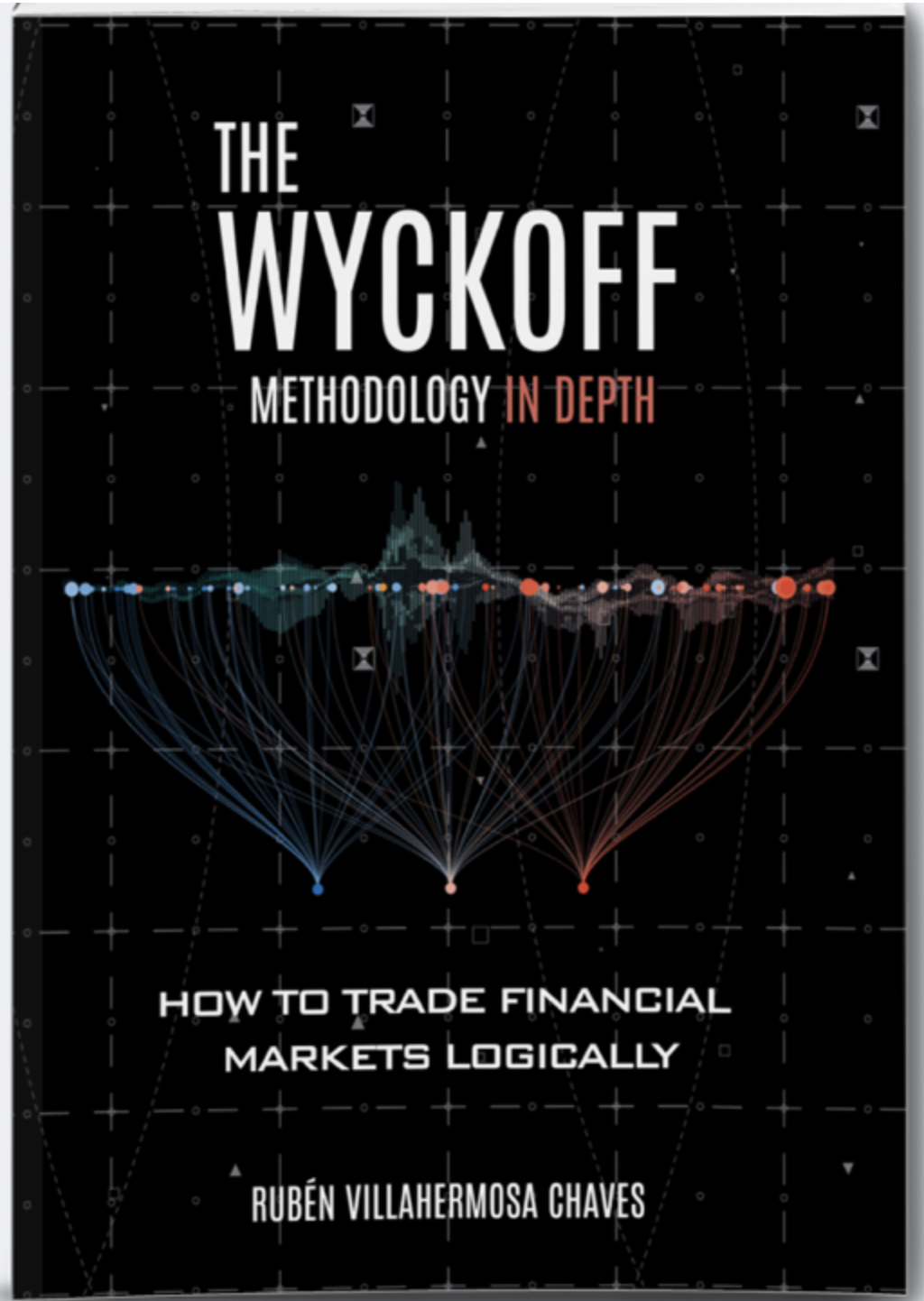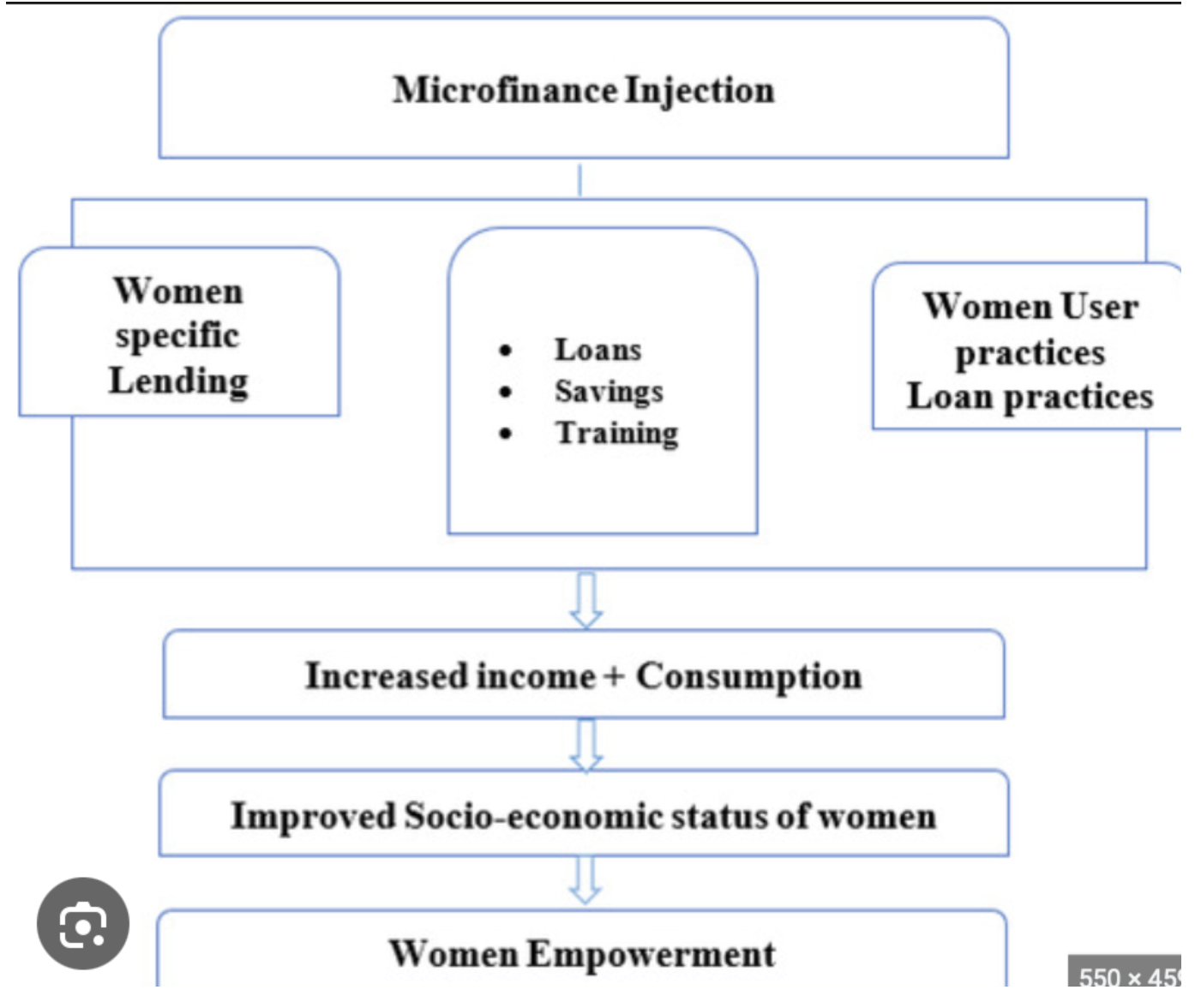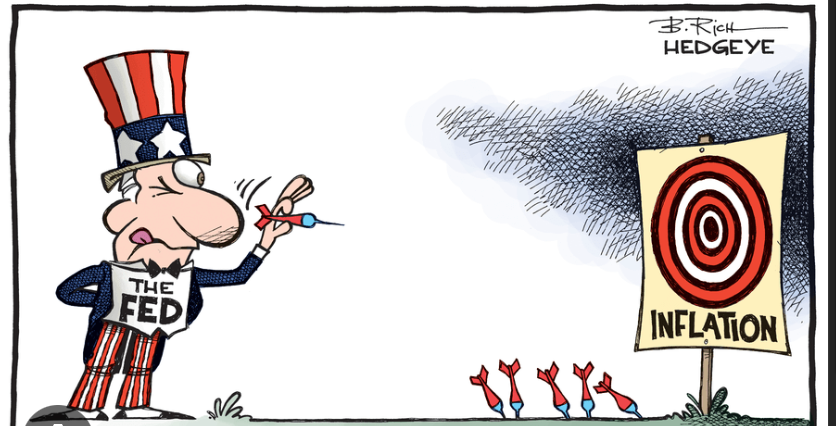
(SUMMARY OF JOHN’S WEBINAR ON SEPTEMBER 20, 2023)
September 22, 2023
Hello everyone.
Today I will provide you with a summary of John’s latest webinar which was done on Wednesday, September 20.
Webinar Title: Comatose
Lunches:
September 29 Zermatt, Switzerland
October 6 – Frankfurt, Germany (Dinner)
October 13 – Kiev, Ukraine
October 20 – London, England
October 31 – Miami, Florida
Trade Alert Performance:
No Trades/Positions
2023 year to date +60.80%
Average annualized return +48.15% for 15 years
+83.85% trailing one-year return.
Waiting for a better risk-reward before we enter any trades.
Method to My Madness
Big tech flatlines, leading to a comatose market.
Government shutdown is a new drag on all risk assets. But the tech sell-off will be brief. Too many people are trying to get into accelerating long-term earnings.
Bonds probing lows on rising interest rate fears.
Fall will present the best buying opportunities of the year.
Precious metals should be at the top of the buy list to cash in on an economic recovery.
Patience is key here. Let the market come to you.
The Global Economy - Best House in a Bad Neighbourhood
The U.S. has the strongest major economy in the world, while Europe, China and Russia are in recession.
United Auto Workers go on strike, bring the Big 3 Detroit automakers to grinding halt.
U.S. Wholesale Prices jump 0.7% in August.
Consumer Price Index Rises 0.6% in August – the hottest read in 18 months.
U.S. jobless claims fall again to 220,000 – a drop of 5,000. The economy is reigniting again.
Beige Book shows consumer spending slowing. Rate Hikes will drag on the economy for at least a decade, as the Fed $8.24 trillion balance sheet unwinds.
Australian economy surges, as the return of Asian tourists and infrastructure spending kick in.
Fed will start cutting interest rates next year. Market discounts events 6-9 months in advance as they are forward looking.
Mad Hedge Profit predictor at 53 = no trades.
Thank you for all the donations to my Ukraine humanitarian mission. Much appreciated.
Stocks – Going Nowhere
Stocks are chopping around in a narrow range on low volume with a slight downward tilt.
Government shutdown prospect is pouring water on any spark. Government runs out of money on September 30.
Salesforce beats with revenue up 11% YOY.
Raytheon takes a hit from Jet Engine problems.
Arm Holdings jump 25% on first day of trading. Masayoshi Sohn is happy because he still owns the remaining 90% of the company. This is where the hot money is going.
Caesars Entertainment and MGM suffer major hack. They have paid 15 million to end the issue.
Oracle disappoints on fading cloud growth in the recent quarter.
Vinfast IPO burns latecomers, as the money losing Vietnamese EV maker crashes after launch, down 83%.
No short-term trades here.
Buy the dip in Homebuilders. S&P should go to new highs by year end. Tech stocks continue to move side-ways for now.
TSLA target is $300-$400 by the end of the year.
NVDA is a screaming buy at $400.
BA is a good buy here. Also, a good LEAPS candidate. Enter 200-210 LEAPS and you’ll get a 100% return on your money in a year.
All the banks are good buys here as this sector is cheap and will roar back on an economic recovery.
Bonds
10-year Treasury Yield hit new 16-year high at 4.38%.
Government shutdown is new negative.
The U.S. Budget deficit is climbing once again increasing treasury bond sales.
The whole falling interest rate, rising bond price trade have been delayed for six months thanks to Fitch downgrade and hotter-than-expected economic growth at 2.40% for Q2.
Keep buying 90-day T-bills now pushing a 5,48% risk-free yield.
Still looking like a 3.50% 10-year yield by the end of 2023.
Junk Bonds ETFs (JNK) and (HYG) are holding up extremely well with a 6.5% yield.
Bonds (TLT) still likely to hit $110 by year-end.
Scale into Bonds now – beneficiary of falling interest rates and an economic recovery.
RE: TSLA trade idea: scale in on a one-month basis. You need to work out how much you want to buy, and then buy 1/30th of that amount every day for a month. You won’t get the absolute bottom, but when the turnaround happens then it goes up 50-100%. That’s the way to play TSLA.
Saudi Arabia created a short squeeze in oil by taking 5 million barrels off the market with Russia. That got prices up. Saudis tend to back off when oil gets to $100 as it adversely affects their investments in Europe and the U.S. After topping $100, Saudis may start bringing supply back on.
You can take the option of taking profits if you did the oil trade in June.
We are waiting for a capitulation in Bonds (TLT).
An 85-90 call spread is then offering you 100% one year out.
I recommend 4 months T-Bills which expire in January as it takes advantage of the cash squeeze you always get in the new year.
Returns on 4 months T-bills are much higher than 3, 2, or 1-month T-bills.
For me to do a trade now, it must have a very low risk and a 20% return. The market is not offering this, so no trades. Instead buy T-bills which give you a guaranteed return.
Foreign Currencies:
Fed gives an adrenaline shot to the U.S.$.
Long of the year may be setting up in the Yen. This could spell the end of a zero-interest rate policy in the Land of the Rising Sun, the last country to use it.
Collapse of the U.S.$ is a 2024 story.
Aussie $ collapse prompted by slowing Chinese economy – not buying their energy or commodities.
Buy (FXE), (FXB), (FXA), (FXY).
Energy and Commodities
Saudi production cutback is now at 4 million barrels/day, a 20-year high, squeezing prices to a new 2023 high.
Biden may counter with a release from the Strategic Petroleum Reserve on SPR.
Gas prices jump 10% in Europe, as a long-threatened strike ensues at Australia export facilities. Chevron used the strike to cancel contracts in anticipation of long-term falling gas demand.
Electrification will be the big theme of this century.
The power grid has to increase fivefold in size to accommodate the electrification projects already underway.
Precious Metals
Fed knocks precious metals markets for the short term. But gold is headed for $3000 by 2025. The driver will be falling interest rates. Silver is the better play here. Russia and China are still stockpiling to sidestep international sanctions.
Real Estate – A Slow Awakening
New U.S. Home mortgages hit 27-year low and have virtually ground to a halt. A 30-year fixed rate at 7.27% is the cause, which no one can qualify for. Yet, home prices are going up. Climate risk is a growing factor in home selection. Home builder sentiment turns down for the first time in 7 months in August to 45. High mortgage rates are taking their pound of flesh. Home builder incentives are making a comeback.
Crown Castle International (CCI) – great LEAPS opportunity right here at $96.97.
Home Construction (ITB) at $81.88. Let it fall a little more and buy it.
Next Strategy Webinar from Zermatt, Switzerland on October 4, 2023.
Cheers,
Jacquie
John’s journey starts in London, then Switzerland, Frankfurt, Poland, Ukraine, and back to London.
September 21, 2023
September 21, 2023




